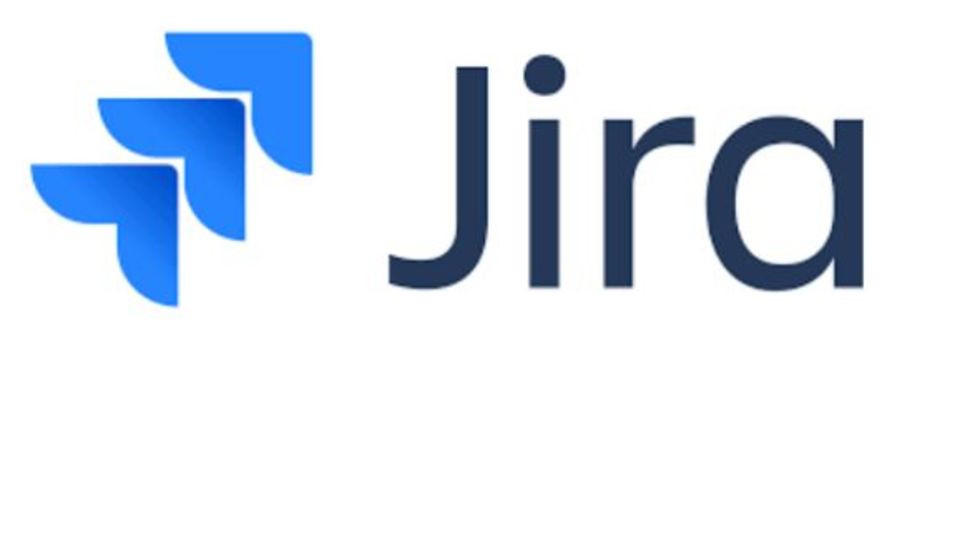How do You Document Projects in Jira?
Jira is a powerful project management tool widely used by agile teams to track and manage their work. While it’s primarily known for tracking tasks, bugs, and issues, Jira also provides excellent capabilities for documenting projects. Proper documentation ensures that all aspects of a project are clearly understood and tracked from start to finish. In this article, we'll explore how to effectively document projects in Jira and ensure that your team stays organized.
1.Create a Project in Jira
The first step in documenting a project in Jira is to create a new project. This serves as the central hub where all tasks, issues, and documentation related to the project will be stored. Jira offers multiple templates depending on the project type, such as Scrum, Kanban, or Bug Tracking, which helps customize the documentation process based on the project’s needs.
2. Define and Track Issues
Once your project is set up, the next step is to create issues. These issues can be tasks, bugs, or user stories, depending on what your project requires. Each issue allows you to document important details such as descriptions, acceptance criteria, attachments, and due dates. Jira’s issue tracking system helps ensure that all relevant information is captured, enabling teams to collaborate and stay updated on progress.
3. Use Epics and Stories for Larger Projects
For larger projects, Jira offers a feature called Epics, which are essentially large bodies of work that can be broken down into smaller, more manageable tasks or Stories. By creating Epics and breaking them down into Stories, you can document the project in a structured way, making it easier to track progress at different levels of detail.
4. Collaborate with Comments and Attachments
Jira allows team members to collaborate by adding comments and attachments to individual issues. This is a great way to document discussions, share feedback, or provide additional context. Attachments such as screenshots, designs, or documentation files can be uploaded directly to issues for easy reference.
5. Use Jira’s Reporting and Dashboards for Progress Tracking
Documenting progress is essential in any project. Jira provides robust reporting tools, such as burndown charts, sprint reports, and dashboards, to track project performance. These visual tools offer insights into project status, helping you identify potential roadblocks and adjust your strategy accordingly.
Why Choose Vabro for Project Documentation?
Vabro’s project management tools are designed to streamline project documentation, providing seamless integration with Jira. Unlike other tools, Vabro offers advanced features that simplify the documentation process, improve collaboration, and enhance visibility. With Vabro, your team can easily track tasks, milestones, and deliverables, ensuring that nothing slips through the cracks. Whether you’re managing a small project or an enterprise-level initiative, Vabro makes it easier to document and manage every aspect of your projects.
